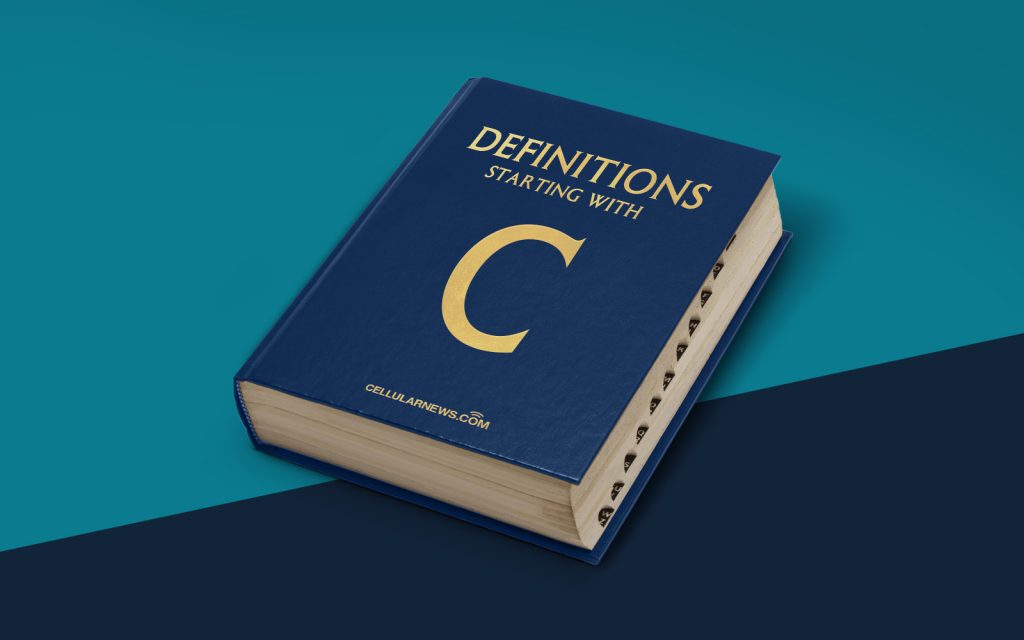
Understanding Copy Protection: Safeguarding Intellectual Property
Have you ever wondered how artists and creators protect their valuable works from unauthorized copying and distribution? Enter copy protection – a set of techniques used to safeguard intellectual property and prevent unauthorized duplication or replication. In this article, we’ll explore what copy protection is and why it’s important in today’s digital age.
Key Takeaways
- Copy protection is a set of techniques used to safeguard intellectual property by preventing unauthorized duplication or replication.
- Copy protection helps creators and artists protect their works from piracy and maintain control over their intellectual property rights.
Why is Copy Protection Important?
In a world where digital content can be easily shared and distributed, copy protection plays a crucial role in safeguarding intellectual property. Here’s why it’s important:
- Preventing Piracy: Copy protection measures act as a deterrent against piracy, discouraging unauthorized copying and distribution of copyrighted material. This helps content creators maintain control over their works and allows them to monetize their creations.
- Maintaining Value and Revenue: With effective copy protection in place, artists and creators can preserve the value of their works. By preventing unauthorized duplication, they can ensure that their creations are not devalued or diluted by low-quality or counterfeit copies. This helps in protecting revenue streams, allowing artists to continue producing high-quality content.
Copy protection techniques vary depending on the medium involved. Let’s take a look at some commonly used methods:
Copy Protection Techniques
- Digital Rights Management (DRM): DRM is a popular copy protection technique used in the digital realm. It involves encrypting the content and implementing access control measures that restrict unauthorized copying, distribution, and playback. DRM technology is often used to protect e-books, music, movies, and software.
- Watermarking: Watermarking is a technique that involves embedding a unique identifier or mark into media files, such as images, videos, or audio recordings. These watermarks are usually invisible or difficult to remove and can be used to track the source of unauthorized copies.
- Serial Numbers and Product Keys: Serial numbers and product keys are commonly used in software copy protection. By requiring users to enter a unique code during installation or activation, developers can limit unauthorized use of their software.
- Authentication Technologies: Authentication technologies, such as dongles or hardware keys, provide an additional layer of copy protection. These physical devices must be connected to a computer or device to validate the authenticity of the software or content.
- Read-Only Discs: Read-only CDs or DVDs are discs that can only be read and not written or duplicated. This method is often used to protect software, music, and movies from unauthorized copying.
Implementing an effective copy protection strategy involves selecting the right combination of techniques based on the specific needs and requirements of the content being protected.
In Conclusion
Copy protection is a vital component of intellectual property protection, helping creators and artists safeguard their works in today’s digital era. By implementing appropriate copy protection measures, artists can preserve the value and integrity of their creations, ensuring that their hard work is protected from piracy and unauthorized use. With the ever-evolving digital landscape, the development of innovative copy protection techniques continues to play a crucial role in safeguarding intellectual property rights.
